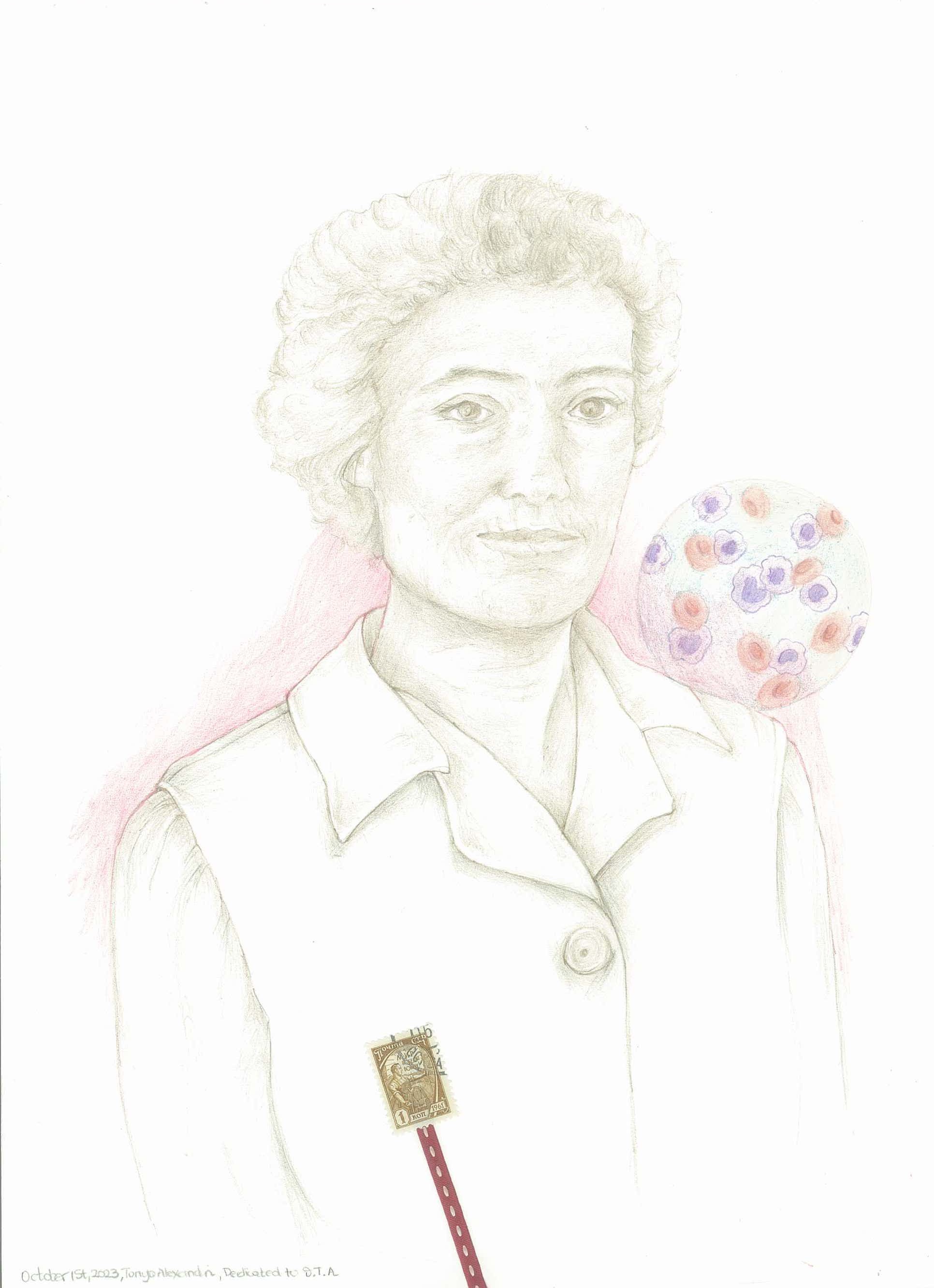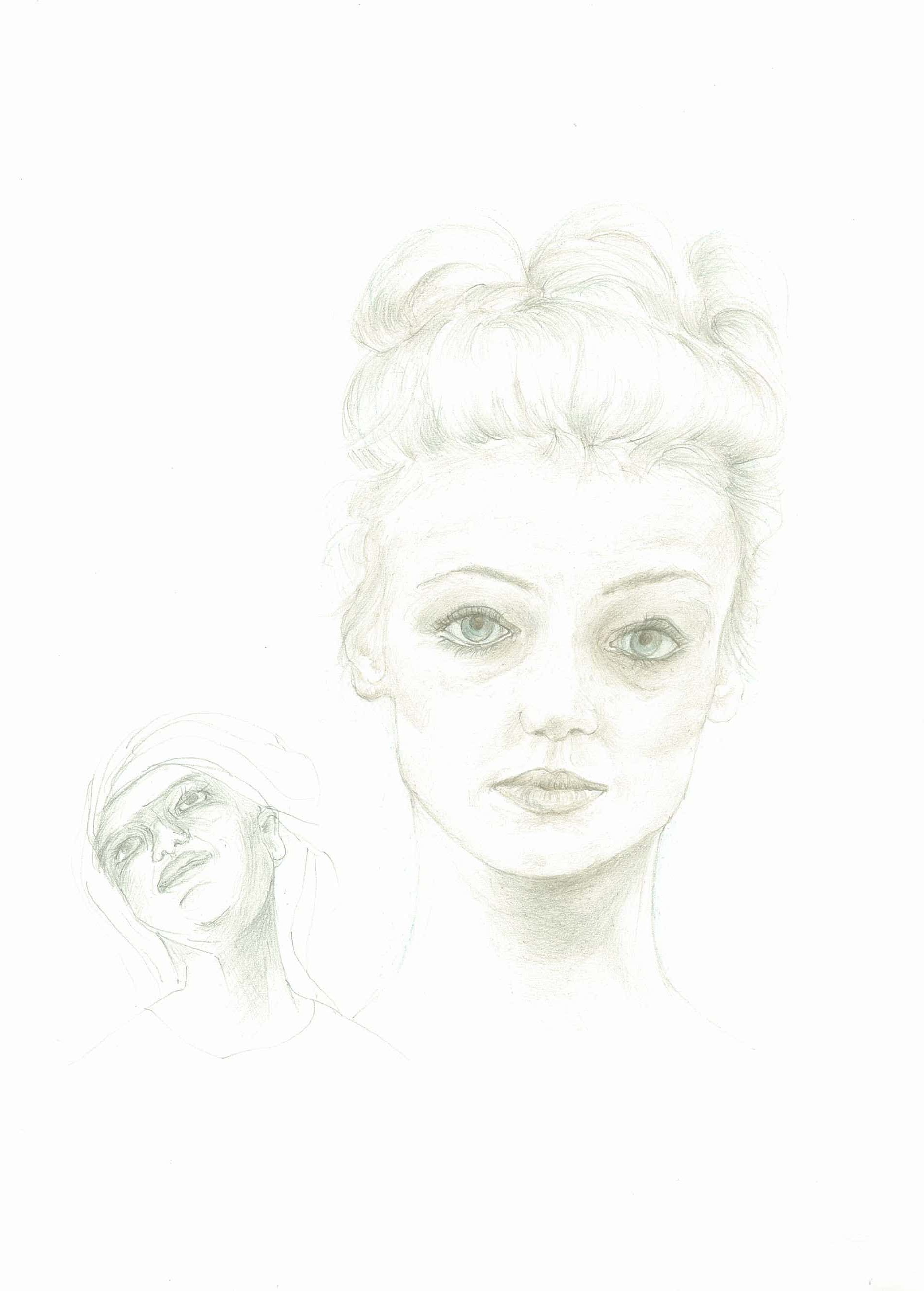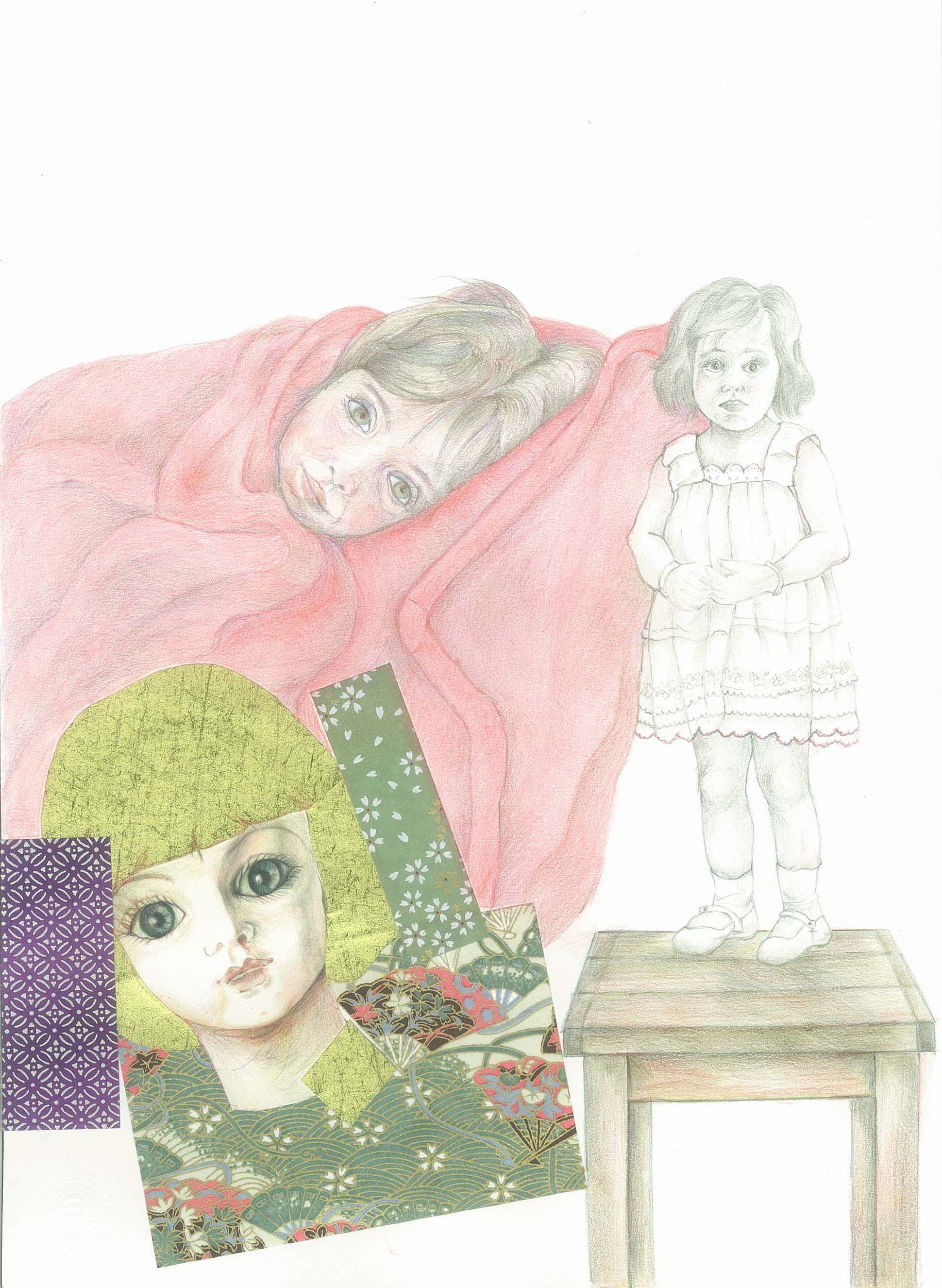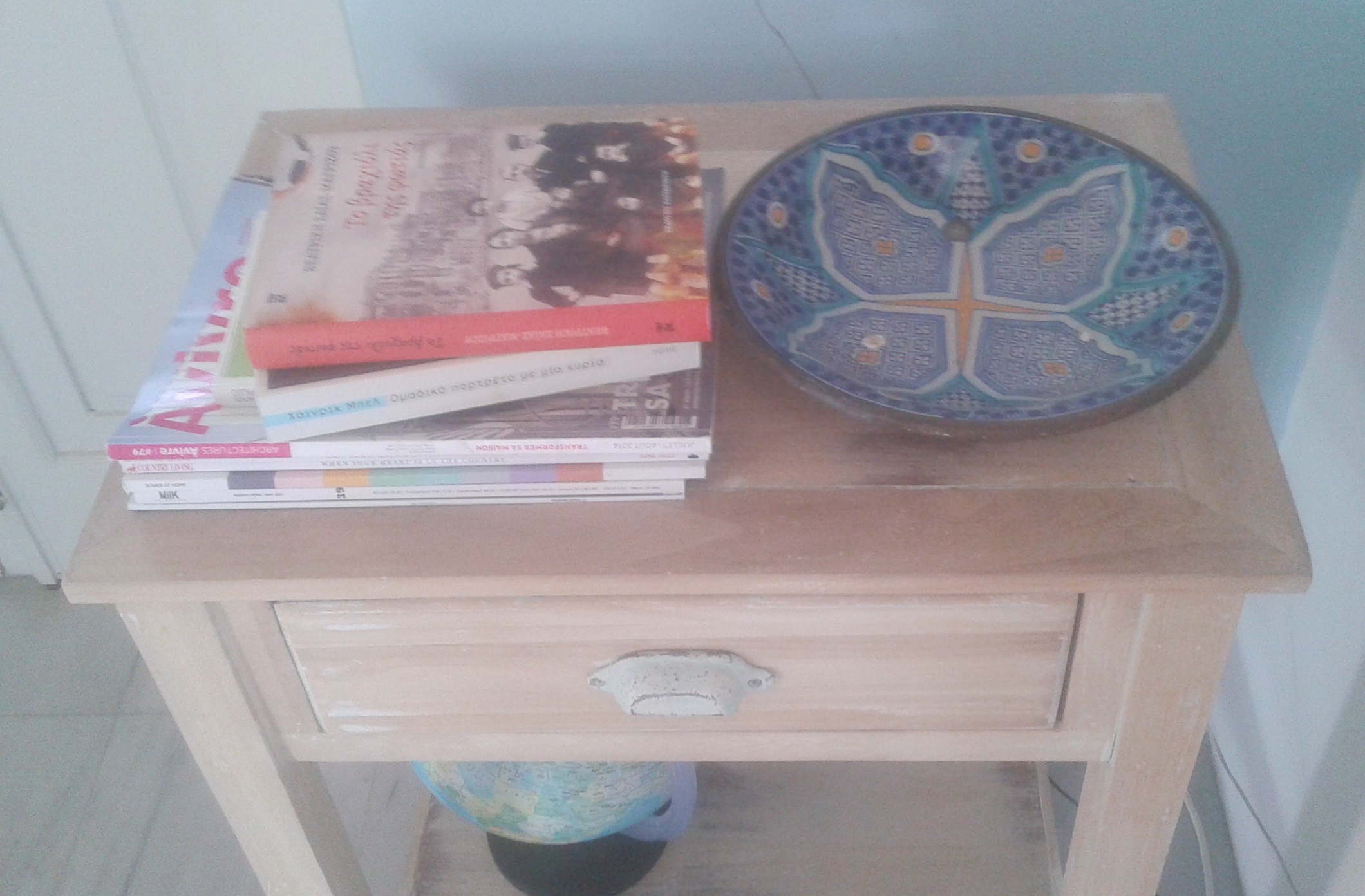Watercolours, trauma and neuroscience
“… And what can give a child hope – or take it away? As you might expect, I believe that hope is a brain-mediated capability. Hope is the internal representation of a better world; essentially a belief that things can be better. It is, in essence, a memory.” (Bruce D..Perry, from Brief: Reflections on Childhood, Trauma and Society)
As I mentioned in the previous post I was planning to write about David Livingston Smith’s book, On Inhumanity: Dehumanization and How to Resist It, but even though I’ve finished reading it I haven’t yet got round to writing the post I intended, Instead today I’m presenting some basic points made by Dr Bruce Perry in his book, Brief: Reflections on Childhood, Trauma and Society. Meanwhile, I’ve been playing around with water colours, and am posting some pages from my painting pad.
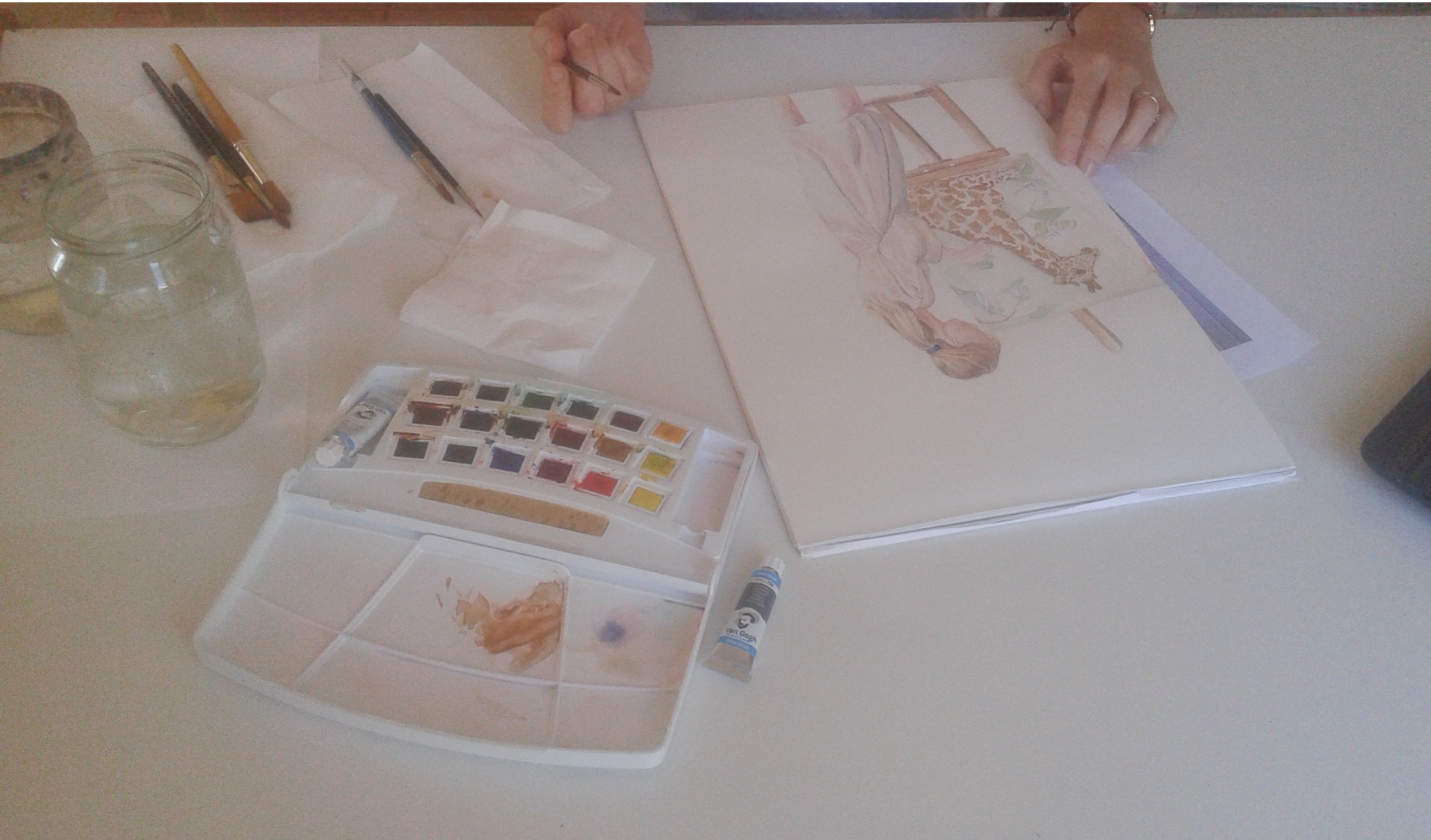
I think the first article related to trauma and neuroscience that I read, many years ago, was written by Dr Bruce Perry. I have probably referred to it in some of the earlier things I wrote for this website. Then I went on to read the book he co-authored with Maia Szalavitz: The Boy Who was Raised as a Dog, and then for a couple of years I occasionally read material related to the Child Tauma Academy. In a recent podcast I was listening to I was reminded of his work, which then lead to my re-reading Brief and this post.
Perry is a child psychiatrist, neuroscientist, author of books and many articles, teacher, clinician and researcher in children’s mental health. His more recent clinical research has been focused on integrating principles of developmental neuroscience into clinical practice. He and his colleagues have developed The Neurosequential Model, a developmentally sensitive, neurobiology-informed approach to clinical work, education and care giving.
In the first essay of the book he explains an important concept: Biological Relativity. Perry begins by asserting that the relative impact of time [time lost or time invested] is greatest during our early life. He describes how hours in infancy have more power to shape us than months in middle age. He writes: “Indeed, humanity was created in childhood. This is so because of biological relativity. In brief, a biological system is influenced by any experience relative to the rate of change in that system. The power of time and experience, therefore, is increased in rapidly changing systems.” For humans, Perry says the greatest rate of change takes place during our developmental years, and, of all of our body’s systems, the most dynamic, complex and rapidly changing is our brain, and it is the properties of the human brain that allow us our humanity. He explains that the human brain has the amazing capacity to store, categorize, process, modify and pass elements from experience to the next generation, and that complex things like democracy, economies, amazing technologies, social justice, and so on, are not “inevitable genetic manifestations of the human brain; rather they are the distilled products of thousands of generations of experience. It is in this socio-cultural distillate — the collective memory of family, community and culture — that an individual child grows.”
In childhood, Perry says: “time and experience are magnified, amplified and empowered by the opportunity to express our genetic potential — or not.” By age three, the emotional, behavioral, cognitive and social foundation for the rest of life is more or less in place. So, it is easy to understand how trauma, neglect and repetitive instances of less than optimal attunement between child and caregivers / environment can determine both the expression of potential and the quality of health and adult life. He writes that during early childhood, the organizing neural networks that are developing require touch, sight, sound, smell and movement in order to develop normally. In the absence of experiences of sufficient duration or quality, some of the genetic potential of the individual will be lost. He explains that an infant born in a hunter-gatherer clan 20,000 years ago, for instance, had the genetic potential to read, write, play piano or understand the double-helix of DNA, but instead he / she learned to distinguish animal tracks, throw a stick with precision and read the visual-spatial cues of terrain. Mozart, he writes could not have composed had he never heard music in his early childhood.
Perry provides examples to support the idea that our childhood experiences, matter and they contribute greatly to the creation of the person. For some people these early organizing childhood experiences are consistent, nurturing, structured and enriched, with few adverse experiences, and for others, they tend to be more impoverished, neglectful, chaotic, even violent and threatening. In chapter 10, he again highlights the power of first experiences to shape – for better or worse – future perceptions, interactions and behaviors, and discusses how these early experiences provide the template for subsequent similar experiences. He writes that for many decades, he and his colleagues have been living and working with maltreated and traumatized children, and that they have tried hard to understand the impact of developmental trauma, neglect, and other adverse experiences on these children, in order to support them in the healing process. During this process they found that one of the most useful exercises clinically was to begin to think about what was actually happening in the brain of the child during development and during the actual moment to moment interactions at home, school or therapy.
They included neurobiology and neurodevelopment into their clinical mix, which allowed them to gain new insights about origins of symptoms and the reasons that some clinical or educational efforts were inadequate or ineffective. To understand the power of first experiences we need to consider the fact that the brain has the capacity to “pair” or connect patterns of neural activity that co-occur. Perry writes: “Two or more incoming sensory signals taking place at the same time with sufficient frequency or intensity become “associated” (e.g., the sight of mother’s face, the sensation of sucking and the feeling of becoming satiated). This association –or connection – is created by making and then reinforcing new synaptic connections; essentially creating a new memory. For a newborn with an attentive, attuned and nurturing mother, a complex set of associations is created.” This becomes the infant’s first “memory” of the nature and quality of what a human being is, and as the infant grows, this early memory acts as a template for future human interactions.
Our brain, despite its complexity and its capacity to make many synaptic connections, only creates new memory when the experience is unique and not similar to prior experiences. If they seem similar the brain simply processes the new interaction as a current version of something already experienced. and this essentially reinforces the existing memory template. Additionally, by the time we are four years old, we more or less have experienced some version of most of the sensory, motor, emotional and even cognitive elements of life, and thus, have created the working templates for what a caregiver is; for how reliable and trustworthy people are; for whether the world is predictable or chaotic; and so on. So, neglected, traumatized or maltreated children have created a catalogue of templates about humans, relationships and the world that simply reflect their backgrounds. Perry adds that the children they work with carry these memories into their interactions with them, and their greatest challenge with these children is to build trust and shift their world views.
Perry ends chapter one by highlighting the importance of taking into account biological relativity and the organizing power of our early experiences. He writes that the choices we make as societies will have profound impacts on the trajectory of our societies and our species. There is a need to re-consider societal beliefs and practices around child rearing. He writes: “If we choose well, untapped potentials will emerge. If we remain passive…… we lose the creativity and productivity of millions of children. And we lose our future.”









